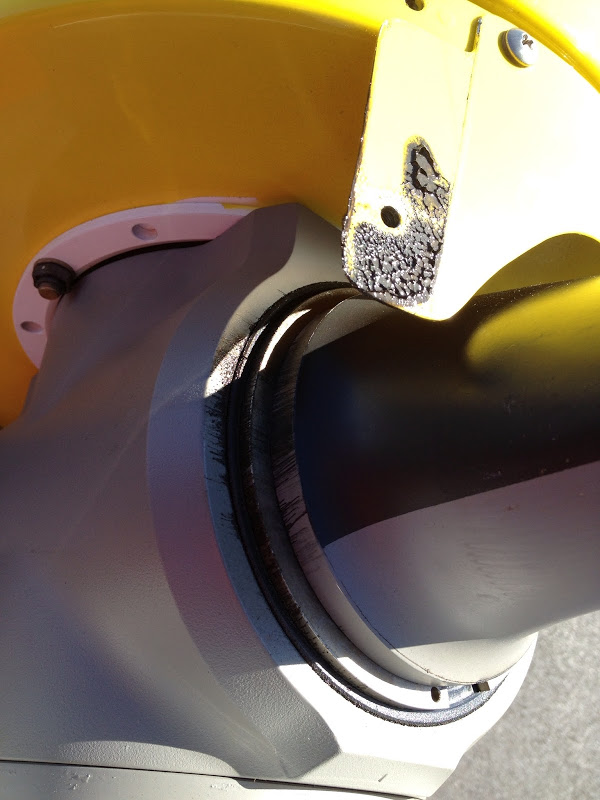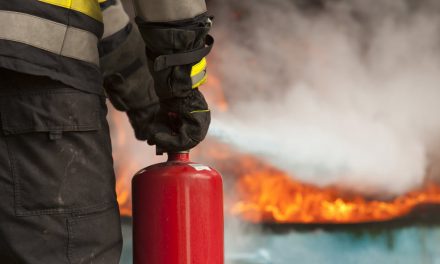 What to Know BEFORE You Go
What to Know BEFORE You Go
Sponsored by AirMart, Inc. – www.AirMart.com
Practical Preheating Options for the Cold Weather Pilot
Winter flying can be really cool! Ok, sorry, that was an exceptionally bad pun. But seriously, it’s beautiful here in Lexington, KY, when there’s a fresh blanket of snow covering all the horse farms. Though this is a great time of the year to take friends on a sightseeing flight, one has to wonder—just how hard is it on the airplane when the temperatures dip below freezing? After all, nobody wants to destroy their engine or components for a hop around the pattern!
There are four primary concerns that come to mind when operating an airplane in winter:
- Engine startup and warming
- Aircraft instruments and electronics
- Frost or snow on wings and tail
- Icy conditions on the airport ramp and runway
As an A&P who looks at everything in life from a mechanic’s perspective, I’m only going to address the first two items. I’ll leave items three and four to the “propeller heads” who like to talk more about flying.
To start, several things happen when your plane sits on the ground between flights:
Almost all of the oil will drain out of the engine into the oil sump. A very thin coating of oil will remain on most parts, but by and large, all the oil ports and passages will drain. When the engine is started, it takes a few seconds for the pump to lift the oil out of the sump and distribute it throughout the engine. This is why it’s critical that you keep the RPMs near idle when starting. Often, I hear engines being revved up to 1500-2000 rpm during startup. I can’t help but picture the metal-on-metal grinding happening inside that engine! When the oil is cold, it’s even worse because the oil is thicker and doesn’t want to flow. When the oil is cold, it often takes 30 seconds or more for oil pressure to come up.
The engine shrinks as it cools. The colder the temperature, the more the engine shrinks. This wouldn’t be such a big deal if all the components were made from the same type metal. However, some parts are steel and some are aluminum. Even with the same temperature variations, aluminum shrinks and expands significantly more than steel. Moreover, aluminum absorbs and dissipates heat much faster; therefore, it expands and contracts at a much faster rate as well. This can wreak havoc on the inside of an engine. For one thing, the steel crankshaft will shrink much less than the aluminum housings that support the crankshaft bearings. This greatly reduces the bearing clearances. In fact, in extreme cold temperatures these bearing clearances will be close to zero. On startup, with the bearings being dry and squeezed so tightly, they are subject to significant wear. Again, keep the RPM low on startup!
And it’s not just the engine that shrinks in low temperatures—EVERYTHING does! All the little gears, pointer shafts, and bellows in the instruments have a hard time moving; some electronic circuits don’t like the cold; radio nobs are difficult to move; engine controls can just lock up.
The simple truth is that cold weather is hard on a plane. Of course, the easiest solution is to keep your plane in a heated hangar. Once the preflight is done, pull it out quickly, start it, and off you go with no problems.
Then again, this “easy” option will likely cost you around 1000 bucks per month just for a little corner in the hangar! As such, heated hangars are often out of reach for most pilots and the real solution is to ensure that you adequately heat the engine and, ideally, the cabin too.
With budgets in mind, here are four preheating alternatives and things to consider about each:
- Engine Heaters – Several companies sell engine heaters that are permanently installed. All of these include a heated pad that is bonded to the oil sump and plugs into a standard 120V wall plug. This is good, and will help to keep the oil warm and at a low viscosity. However, this is only part of the solution. This will not keep the entire engine warm and will not help with operating clearance between the dissimilar metals. It’s worth the extra investment to purchase a system that includes heating pads on the engine case and cylinders. Some systems will have a heater band around the base of the cylinder and some will heat the cylinder heads. My experience is that both work well. If you add an insulated or thick blanket over the cowling, it will help keep the warm air inside the cowling.
- Forced Air Systems – If your plane is kept outside, or you don’t have electricity in your hangar, you can use a propane- or gas-powered, forced air system. Many FBOs will have one of these available as a service to their customers. This forces a large volume of heated air into the cowling—either through the openings in the front or bottom. Generally, it can bring an engine up to temperature in about a half-hour or so. However, you need to be careful with these. They generate a tremendous about of heat that can melt plastic or wire insulation or even blister the paint on your cowling. Remember, these units are heating the air with an open flame. Be sure you don’t have any fuel leaks or excessive oil leaks or you’ll find yourself “heating” the entire plane rather rapidly!
- Wrap it up! If you live in an area where you’re dealing with more moderate winter temperatures, like in the 20s, there is another inexpensive solution to engine heating. I have a couple of friends who put several thick blankets over the cowling and let them droop all the way to the hangar floor. Then, directly under the lower cowl opening, they place an ordinary space heater. I’m amazed at how warm this will keep the engine and the entire cowling area. Of course, this will not heat the engine up quickly, so you have to remember to turn it on at least one day before you plan to fly. In ridiculously extreme temperatures, well beyond what we get here in Kentucky, people will put insulated blanks around the propeller and spinner as well. This keeps them from turning into a big heat sink and pulling precious heat off the engine. If you need this, you may want to question why you live where you do!
- Don’t forget about heating the cabin! A small ordinary ceramic space heater does a very good job of keeping the cabin from freezing. Just be careful where you place it. You don’t want the hot side of the heater right up against some upholstery.
YES, you can enjoy winter flying. And NO, it doesn’t mean you’re going to destroy your engine. Just take a little care to get the engine temperature up to around 40 degrees F before starting and keep the engine around 1000 RPM until the oil temps come up.




